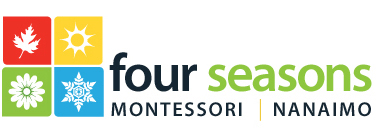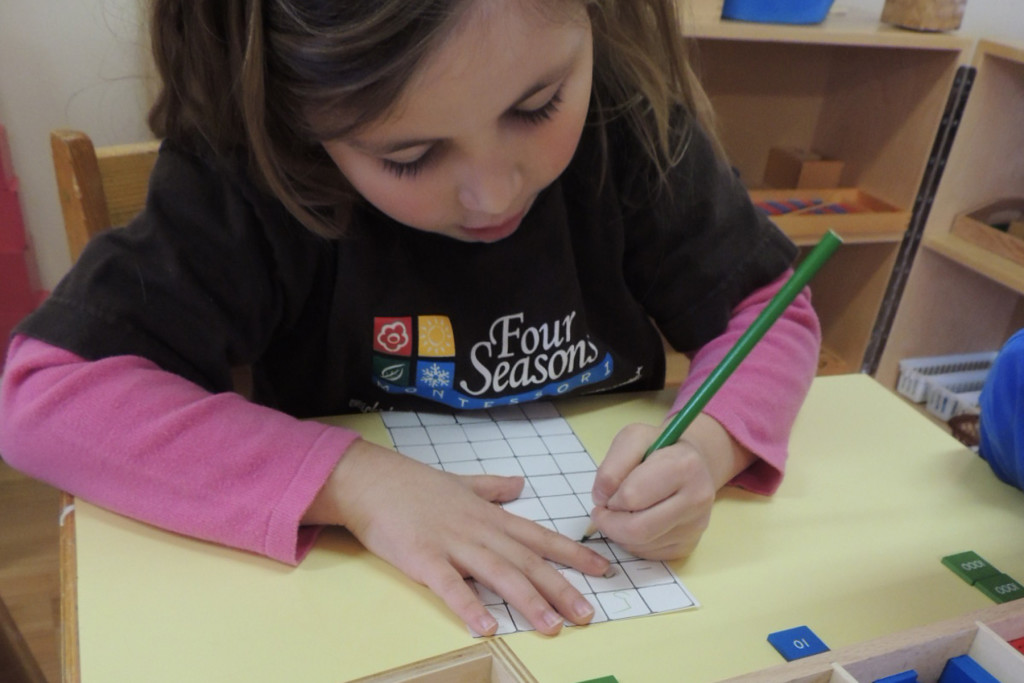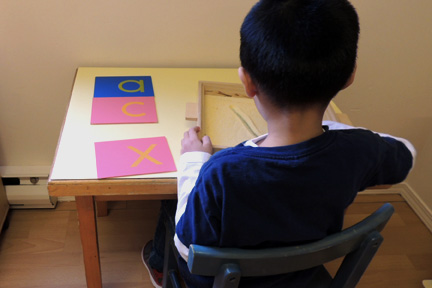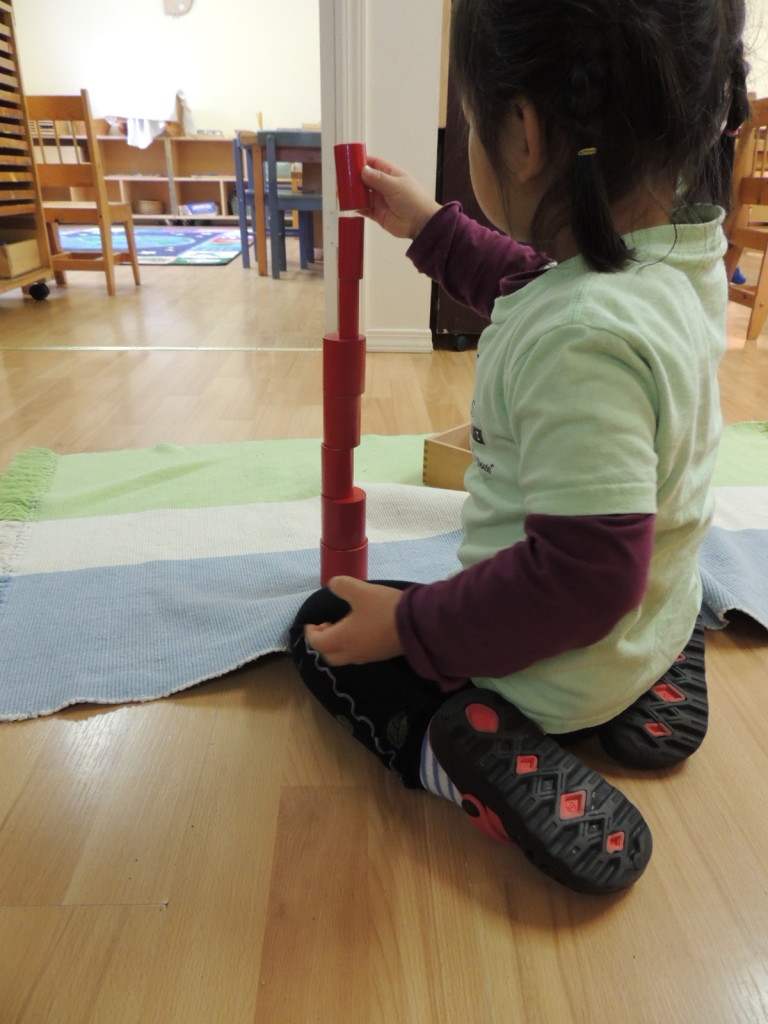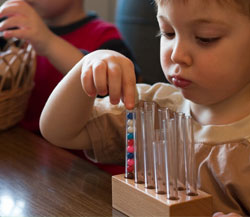A child who is transitioning from a childcare program into an educational setting can experience significant physical and emotional changes. Childcare is primarily custodial in nature, providing the basic needs for safety and wellbeing, whereas preschool and kindergarten have an educational focus.
Attending school for the first time brings with it new experiences, new teachers, a larger class size, and peers older in age. The physical environment is big and new, with desks and educational materials vs. the familiar toys at daycare.
The first 6 to 8 weeks of the school year is considered a transition period during which students are adapting socially and emotionally to their school environment. Montessori is an educational program: A three-hour morning session of lessons and activities (with an option for afternoon-care as needed). For young children of 3, 4 or 5 years old, this might be their first experience in a school setting. For those who have attended daycare, it will be a big change.
The good-bye at the door is the biggest step. Parents often comment that their child didn’t have a difficult time separating while attending their daycare, so can be confused why it seems harder to say good-bye in a school environment.
From the perspective of the teacher, it is probably more difficult on the parent than the child: Once the good-bye is over, children quickly become interested in their activities and are happy to be in the classroom – parents often do not get to see this positive outcome.
The classroom is an educational environment that puts many expectations on the child:
- Social and Emotional: The child is learning how to interact effectively with others and how to appropriately express her feelings during social interactions.
- Language: The child is learning how to communicate effectively, learning and understanding new words.
- Independence: The child is learning how to rely upon herself and how to accomplish routine tasks such as hand washing and dressing.
- Fine Motor: The child is refining the small muscles of the fingers, toes and wrists.
- Gross Motor: The child is participating in activities that invite movement and strengthen the large muscles in the arms, legs, torso and feet.
- Cognitive: The child is learning how to use critical thinking and problem solving skills.
Suggestions for preparing your child for the transition into a school program:
- Talk about school at home before the transition, referring to the teacher(s) by name. Read books about children who are starting preschool: The Kissing Hand by Audrey Penn is a lovely example.
- Prepare yourself as the parent by reading any school literature that is available: the school handbook and policies, mission statement and goals, curriculum outline, etc.
- Expect some changes in your preschooler. While she is getting familiar with the new routine and schedule, she may be clingy or sad for a period of time. For some children the initial excitement of school makes the first days fun to go, then when the ‘honeymoon period’ is over, there can still be a period of hesitation to go.
- Consider also your own feelings about your child starting preschool. It’s normal to feel a bit anxious. Children can pick up on these feelings, so it can help to talk about how you are feeling with your partner or a friend.
